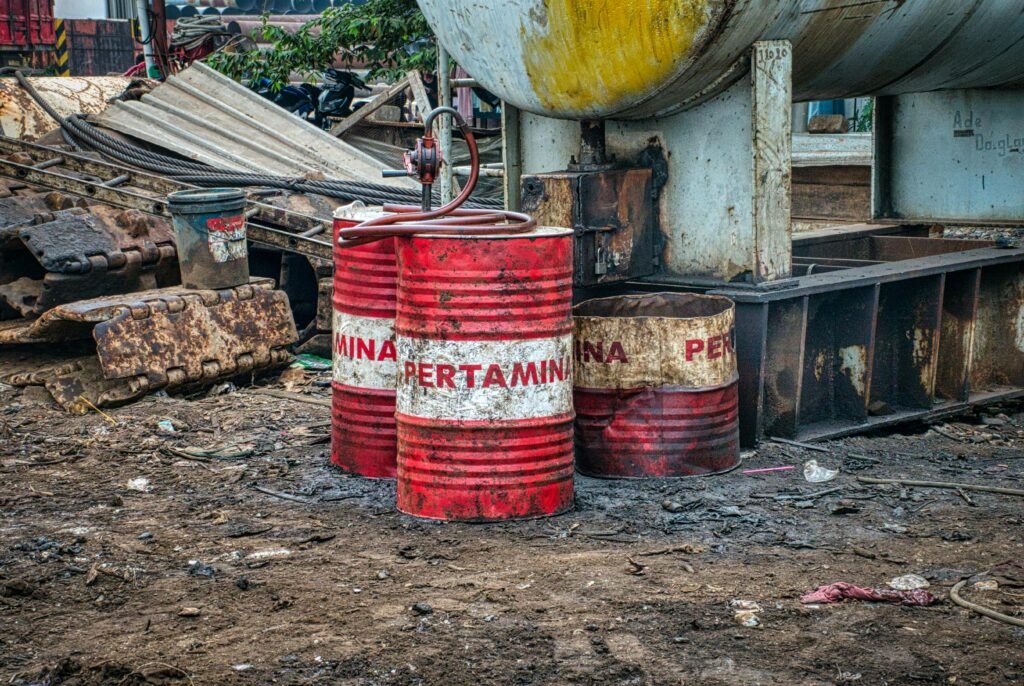Introduction of the Holy River Ganga
Ganga is the holy river of India. It holds a very important position not only in the geography but also in the cultural and spiritual fabric of India. But now, it faces the biggest challenge of Ganga Pollution. It does not affect the river itself only but also the civilization around it. Let’s learn a little more about the river Ganga before discussing the pollution in ganga and how climate change only adds to the problem. It flows from the Gangotri Glacier in the Himalayas. The river covers a distance of more than 2,500 kilometres along the northern plains of India before emptying into the Bay of Bengal. The basin of this river has a population of over 400 million people, hence it makes it one of the most densely populated river basins on the face of earth.
Apart from the geographical significance, the Ganga River gives an added religious and cultural ethos to India since the very beginning of history. We call it Ganga Maa, symbolizing purity and sanctity. The rites, performed by pilgrims coming from all parts of the country, rituals to achieve spiritual cleansing, and immersion of the ashes of one’s loved ones are all done at its banks.
Ganga is of immense importance not only from the religious and cultural perspective but also serves as an essential source of irrigation for the extensive stretches of agricultural land that feed millions of people. The Ganga also provides much-needed drinking water to hundreds of towns and cities. Its waters are essential for multiple industries, thereby serving as the back-bone of all the economic activities of this region. In addition, it harbors several species of flora and fauna, some of which can be seen only here.
It has brought growth and prosperity along its banks. Places like Varanasi and Haridwar have developed as knowledge-giving seats of culture and spirit. It remains the most important component in the socio-economic structure of the nation of India, thereby underlining its contribution to irreplaceable heritage and day-to-day life.
Current State of Pollution in the Ganga
- The major contributors to the sources of pollution of Ganga are industrial waste, sewage discharge, agricultural runoff, and plastic waste. The contribution of the industrial discharge to the contamination is significant. The factories release heavy metals and toxins in the river. Sewage discharge is another significant pollutant, with untreated or partially treated sewage entering from many urban areas and towns along the course of the Ganga.
- Agricultural runoff is another critical reason why the river is polluted. Chemical fertilizers and pesticides use in fields that border the course of the Ganga lead to the leaching of harmful chemicals into the water. Plastic waste is another huge challenge, with big chunks of plastic debris choking the river, disturbing the aquatic life, and degrading the general ecosystem.
- The added problem comes from the toxins given off by industrial processes that further fuel the deteriorating health of the river. Contamination by microbes adds to another issue; there is a significant number of coliform bacteria in its water that signifies high fecal pollution.
- We can see the impact of these pollutants on aquatic life and human health. The biodiversity of the Ganga is under severe threat, since several species of fish and many more aquatic organisms are declining at alarming rates. This situation is risking human health too, mainly in communities that rely on water from the river for drinking purposes, irrigation, or conducting their general daily activities. The exposure to polluted water leads to many health problems. For example, gastrointestinal diseases, infections through dermal contact, and chronic disorders resulting from heavy metal toxicity are but a few.
- Efforts are being made to clean Ganga. At governmental as well as at the non-governmental levels, various agencies are working on it. The National Mission for Clean Ganga (NMCG) is one such initiative, focusing on river rejuvenation and pollution control. Even after these steps forward, tremendous efforts are still in need – more so, lack of proper infrastructure, a considerable shortage of public awakening, and vast proportions of pollution.

Climate Change: A Catalyst for Ganga Pollution
- The climate change is only further adding to the pollution challenges of the Ganga.
- Rising temperatures is one of the components of climate change. Higher temperatures accelerate the rate of evaporation, which lowers the flow of the river. The slow flow enables concentration and increases the focus of pollutants, worsening water quality. Intensified heat also speeds up metabolic rates within the aquatic ecosystem, resulting in increased oxygen demand rate but also reducing the capability of the water to self-purify.
- The second reason is an irregular rainfall pattern causing long spells of dryness and torrential downpours that disturb the river flow. During dry periods, reduced water levels are insufficient to dilute pollutants, thus their concentration increases. On the other hand, heavy rainfall leads to frequent and severe flooding, which carries substantial amounts of industrial waste, agricultural runoff, and untreated sewage into the river, drastically increasing the pollution levels.
- Melting glaciers, another direct outcome of global warming, is a challenge. As these glaciers melt, initially there would be increased flow which may provide temporary relief, but in the long run it is very dangerous. As the glaciers melt, there would be less water from the glaciers in the future. If this reduced glacial input eventually translates to lower river flow, then there would be an increase in the concentration of pollutants. The reduced glacial input also affects the river temperature and, henceforth, adds more complexity to its ecological balance.
- Also, communities dependent on the Ganga for their livelihood, drinking water, and agriculture face increased vulnerabilities, as the river’s health directly impacts their well-being.

Strategies and Future Outlook
Addressing the Ganga pollution and reducing the impact of climate change requires a combined effort of technological innovations, policy measures, and community coming together.
- One of the significant factors that control pollution is technological advancement. For example, the installation of advanced water treatment plants will significantly reduce the flow of industrial effluent and sewage to the river. In addition, bioremediation and phytoremediation, since they are new technologies, help to decontaminate the water in the river naturally.
- Policy measures are equally important for combating Ganga pollution. There is a need for clear-cut regulatory structures that will tie down industries along riverbanks to stricter pollution control standards. There are also policies promoting green technology and sustainable agriculture practices to ensure lesser chemicals run off into the river. On the other hand, policies that promote cleaner production processes in the industries will also help in reducing industrial waste.
- Community engagement is another aspect for the long-term success of these strategies. Educating and involving local communities in conservation efforts will lead to better and sustainable results. The cleaner drives and campaigns on clean rivers should be taken up by the community itself. And all of us can do it for our Ganga Maa and contribute to bringing down the Ganga pollution levels. Think about it!
In conclusion, the challenge of restoring the Ganga and controlling the Ganga pollution is huge but not impossible. Overall, a collective effort is needed in restoring the health of the Ganga River, ensuring a healthier ecosystem for future generations.
Do share your thoughts by commenting below.






